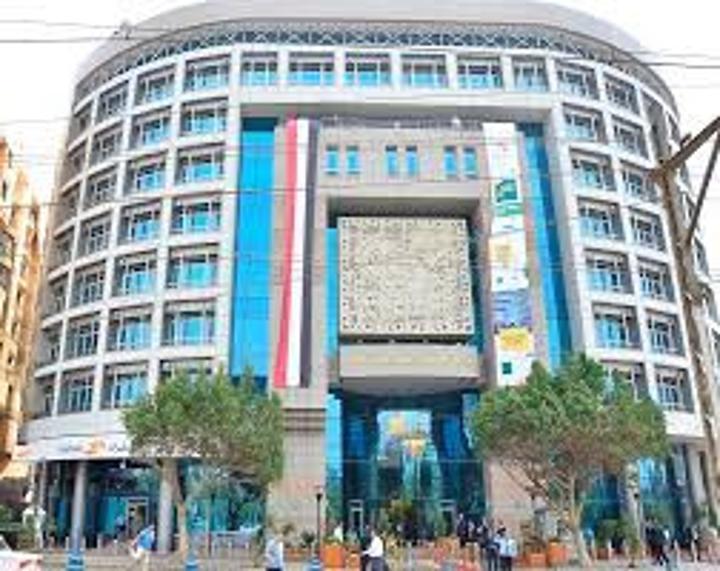Africa-Press – Zimbabwe. THE African Export–Import Bank (Afreximbank) has projected the economy to grow by 3,8% this year against a rosy 6% forecast by authorities, owing to macroeconomic threats and challenges.
Bretton Woods institutions and the government have projected the economy to grow by 6%, propelled by recovery in agriculture and commodity prices, specifically gold.
This growth would be achieved from a growth rate of about 2% recorded last year, which was weighed down by the El Niño-induced drought and global commodity price volatility affecting the value of Zimbabwe’s largest foreign currency-earning sector, mining.
“Despite facing macroeconomic challenges stemming from global and regional economic headwinds — including macroeconomic instability, currency volatility, inflationary pressures and concerns over debt sustainability — Zimbabwe has demonstrated remarkable resilience, emerging as one of the fastest-growing economies in southern Africa,” Afreximbank said in its newly released economic brief on Zimbabwe.
“Real GDP [gross domestic product) growth remained robust, albeit moderating from 6,5% in 2022 to 5,3% in 2023, before a slowdown to 2,2% in 2024. This deceleration is largely attributable to adverse climatic conditions — including the El Niño-induced drought, floods and power shortages— which have significantly disrupted agricultural output.”
The bank noted that overall, Zimbabwe’s growth performance had been driven by expansions in agriculture, mining activities and services, fuelled by remittances.
“Public debt, which stood at approximately 95% of GDP in 2024, has further strained the economy, limiting fiscal space for developmental spending,” Afreximbank said.
“However, output is projected to expand by 3,8 and 3,2% in 2025 and 2026, respectively, underpinned by improved agricultural productivity as weather conditions normalise.
“Additionally, a rebound in tourism receipts and remittance inflows, supported by economic recovery in advanced markets, is likely to support the growth trajectory in the near term.”
The bank said that these factors collectively enhanced the country’s medium-term economic outlook, although vulnerabilities remain.
“Zimbabwe has struggled with persistent inflationary pressures, primarily driven by sharp currency depreciation, external commodity price fluctuations and structural supply-side constraints,” Afreximbank said.
It noted that the depreciation of the domestic currency against the US dollar exacerbated import costs and fuelled inflation, which surged from 193,4% in 2022 to 667,4% in 2023, largely due to a sharp depreciation of the local currency against the US dollar.
“However, inflation moderated to 210% in 2025 and is forecast to decline further to 199,6% in 2025, signalling a gradual stabilisation,” Afreximbank said.
This downward trend is attributed to the introduction of the gold-backed currency, Zimbabwe Gold (ZiG), by the Reserve Bank of Zimbabwe in April 2024, aimed at restoring confidence and exchange rate stability.
“However, within six months, after an initial improvement in market confidence, the ZiG depreciated by 43%, driven by a surge in food imports, declining mineral export earnings and continued structural economic weaknesses, which strained foreign exchange reserves,” the bank said.
“As inflationary pressures persist, reserves remain inadequate, and vulnerability to export shocks persists, the ZiG is expected to marginally weaken against the US dollar, averaging around ZiG34 and ZiG39 per US. dollar in 2025 and 2026, respectively.”
While the fiscal deficit is expected to narrow to 5,4% of GDP in 2025 and 5,1% in 2026, from 6% last year, the bank revealed that risks remained.
“Fiscal risks remain, particularly in the face of external shocks, debt servicing obligations and potential policy slippages,” Afreximbank said.
“Strengthening domestic revenue mobilisation and expenditure efficiency is critical to achieving a more sustainable fiscal trajectory.”
With hawkish monetary and fiscal policies in place, many economists have questioned the expected 6% GDP growth, as these policies have created a liquidity crunch, which would slow down growth.
For More News And Analysis About Zimbabwe Follow Africa-Press






